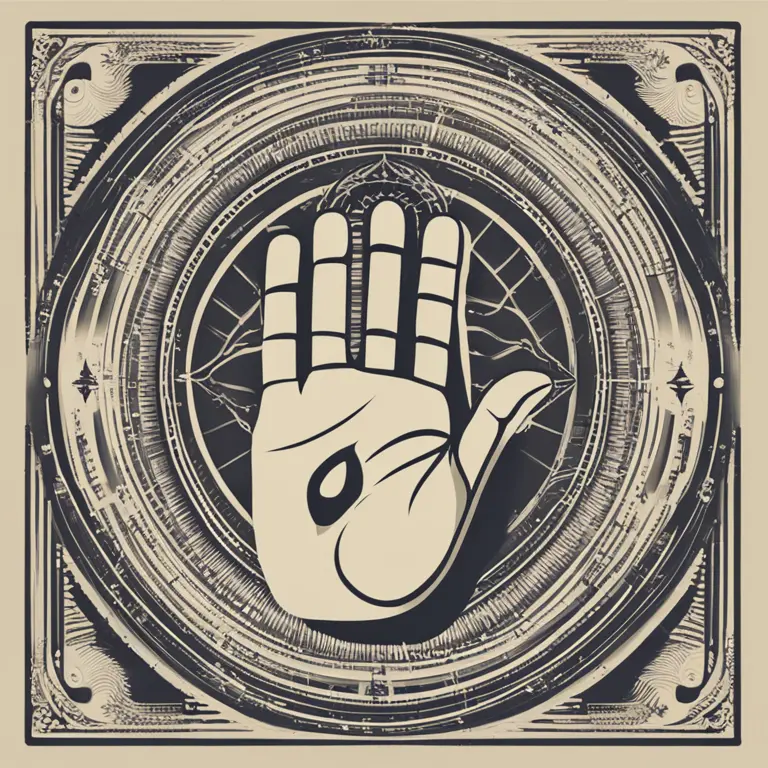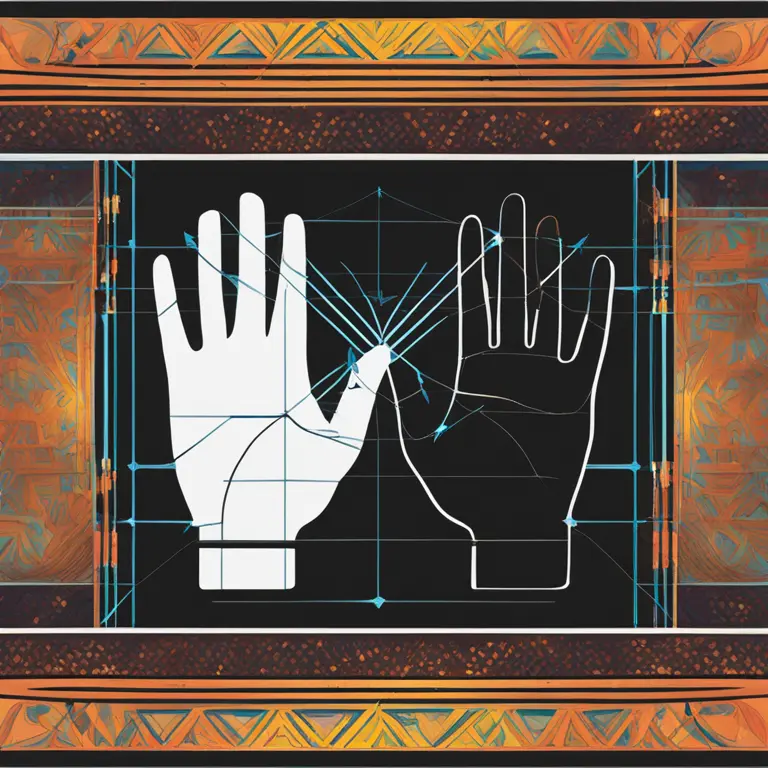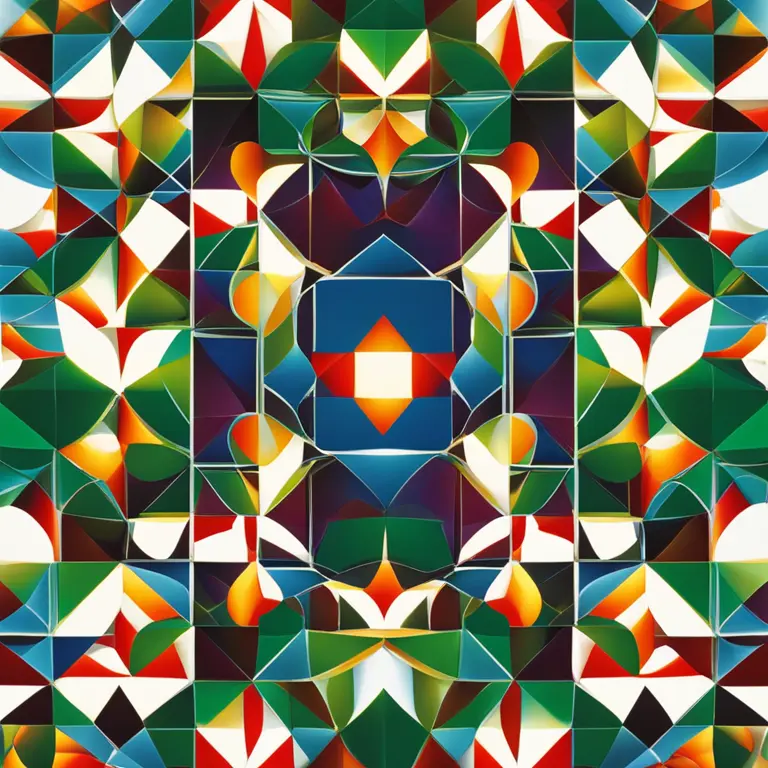
The Receptive Hand in Palmistry: A Guide to Its Significance
Explore the mysteries of palmistry by understanding the role of the receptive hand and its influence on personal readings.
article by Nora Pennington
The Basics of Receptive Hand in Palmistry
Palmistry is an ancient practice that interprets the lines and features of the hands to unlock insights into an individual's personality and potential future. Within this mystical tradition lies the concept of the 'receptive hand.' Traditionally, the left hand is considered to be the receiving hand for right-handed individuals, while the right hand is receptive for left-handed people. This notion is rooted in the belief that the receptive hand is more connected to the subconscious, internal world and personal potential. For centuries, palmists have utilized this hand to gauge an individual's innate dispositions and latent talents.

Importance of Receptivity in Energy Flow
In the metaphysical world, the receptive hand is considered crucial in energy flow. It is thought to be the hand that absorbs energies from the universe or interacts with the environment, in contrast to the active or giving hand. This concept extends beyond palmistry into other spiritual practices, where the receptive hand is used to receive positive energies during healing or meditation. In palmistry, the lines on the receptive hand can change over time, reflecting personal growth, life changes, and the absorption of new experiences.

Interpreting the Receptive Hand
When palmists conduct a reading, they often begin by examining the receptive hand. The key lines, such as the heart line, head line, life line, and fate line, are scrutinized for variations. For instance, a deep, long heart line on the receptive hand may indicate a person's innate capacity for deep emotional bonds. Interpreting the receptive hand gives insight into the querent's potential paths in life, the challenges they might face, and the innate responses they might have to these challenges.

Dynamic Relationship Between Both Hands
While the receptive hand holds valuable information about an individual's potential and internal workings, it does not exist in isolation. A comprehensive palm reading involves considering both hands—the receptive and the active (or dominant). The dominant hand shows the realized aspects or lived experiences. It is believed to reflect the external world and actions taken. Comparing both hands can reveal how personal traits have been acted upon or manifested in the querent's life.

Modern Adaptations and Inclusivity
As society evolves, so does the practice of palmistry. Modern palmists may adapt the traditional rules to accommodate different hand preferences and ambidexterity. Some contemporary readings focus less on the distinction between the hands and more on the individual's energy flow and experiences. Inclusivity is now a key component of palmistry, ensuring that readings are personalized and relevant to the individual, regardless of their hand dominance.
Practical Application for Self-Discovery
Individuals interested in self-discovery can utilize the knowledge of the receptive hand in their personal reflective practices. By studying one's own receptive hand's lines and shapes, one can gain insights into hidden aspects of their psyche. Understanding these features of the receptive hand not only enriches personal growth but also provides a meditative focus that can be both grounding and enlightening.
Published: 1/11/2024
Modified: 1/12/2024
More predictions
Come back here soon to learn more about yourself and your future


Can Palmistry Foresee One’s Demise?
Delve into the contentious debate about whether palmistry can predict the end of life and the ethical considerations of such a claim.


The Ancient Art of Vedic Palmistry
Discover the ancient art of Vedic Palmistry and its practice in the modern era, revealing the secrets held within the lines of the hand.


Palmistry Basics: How to Read Your Hand's Secrets
Learn the basics of palmistry with this guide on how to read the lines and shapes of your hands to reveal insights about your personality and future.